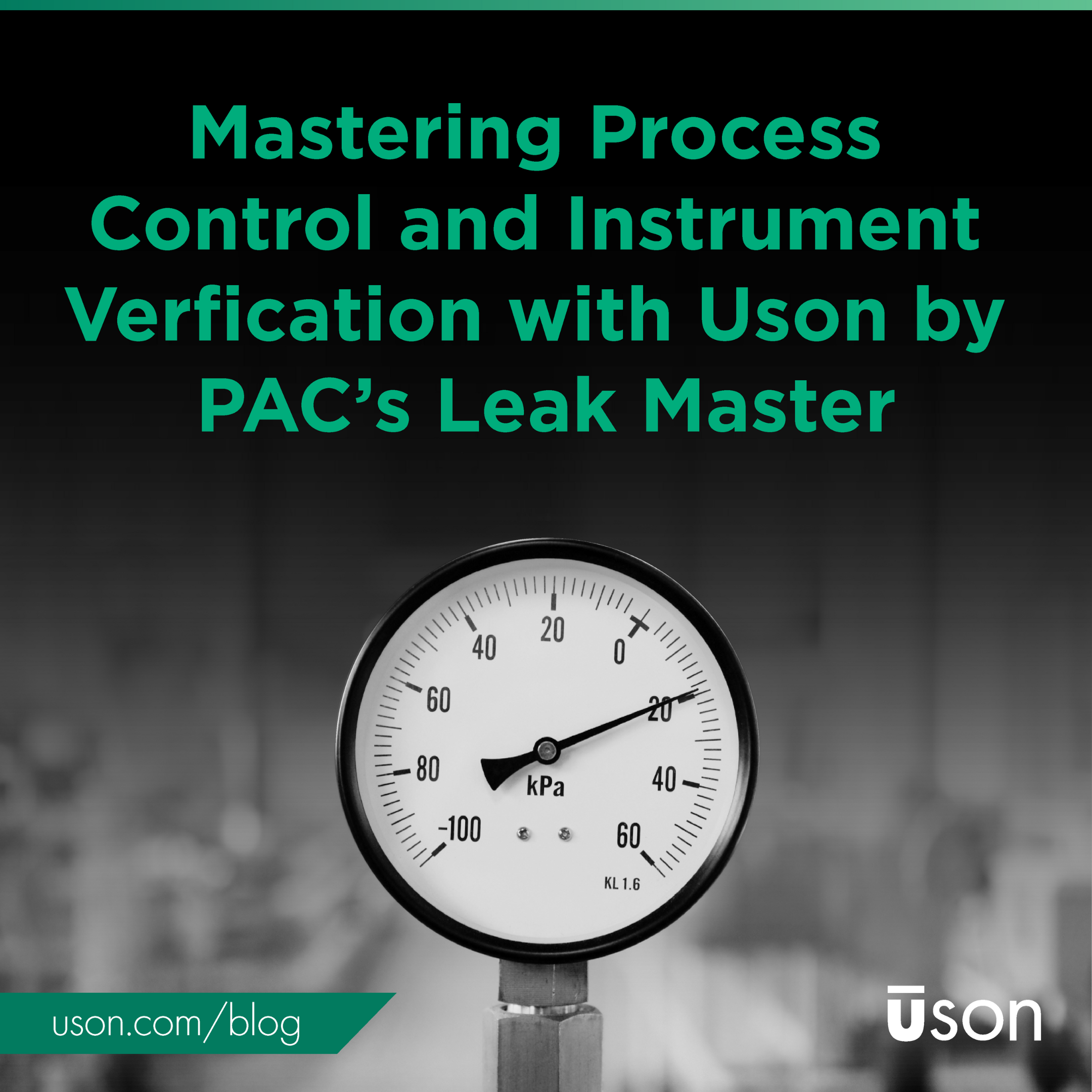Ensuring Precision and Compliance for Manufacturing Quality with IQ, OQ, and PQ
Learn about IQ OQ PQ validation processes, IQ OQ PQ examples, and essential IQ OQ templates to ensure quality in your manufacturing operations.
A crucial aspect of quality control is detecting and addressing leaks in your product during the manufacturing process. With the Leak Master, the ability to verify the performance of your leak and flow instrument is a straightforward process and is essential for ensuring product quality.
What Is a Leak Master?
A Leak Master is a customized calibration tool that functions as a reference check standard for calibrating a leak and flow instrument. By using a leak master with a calibrated leak rate, you can accurately measure and quantify leaks in various components, ensuring that your products meet stringent quality standards.
How to Use a Leak Master to Improve Manufacturing Process
Comp and Cal (Compensation and Calibration)
At the heart of our leak and flow instruments is the Comp and Cal capability that allows for the conversion of pressure changes to flow rate. When a leak occurs, there is a change in pressure within the product over time due to air escaping. By using the leak master, the leak instrument can translate this pressure change into a flow rate, typically measured in SCCM (standard cubic centimeters per minute). This conversion allows you to precisely assess the severity of leaks by reporting how much air is leaking out of your product per minute.
During a leak test, one of the biggest challenges is compensating for the adiabatic effect during the pressurization and depressurization of parts due to the direct relationship of temperature and pressure. As gas pressure increases, volume decreases, causing an increase in molecular collisions. The increase in molecular collisions leads to friction and heat, which results in the temporary rise in temperature within the product. As the part returns to steady state, the temporary heat added will dissipate and the pressure will begin to decrease. If a leak measurement was performed while the product was undergoing the adiabatic effect, the result could be interpreted as a leak. With the compensation (Comp) process, the instrument learns the response of filling the product and zeros out the influences of adiabatic heating, resulting in a more accurate leak rate measurement.
During the calibration (Cal) process, the leak master is used to teach the instrument the relationship between a pressure drop and a leak rate for an individual leak test program. This is achieved by inserting the leak master into the circuit connected to a known good part and observing the pressure drop to establish the relationship. For instance, if the Leak Master is certified at 4 cc/minute at 60 psi, and a pressure drop of 0.2 psi is observed in one minute, it confirms that a leak rate of 4 cc/min corresponds to a pressure drop of 0.2 psi.
QC or Challenge Test
At the start of each shift, we recommend performing a QC or Challenge Test using the leak master. Here’s how it works:
Troubleshooting Tool: Seal Leak Test
When issues arise during testing, the Seal Leak Test becomes invaluable in helping to isolate issues by allowing you to pinpoint problems. Whether the issue lies with the instrument itself or the fixturing, this troubleshooting tool helps you identify the root cause of leaks.
The Seal Leak Test extends cycle times, usually about three times as long as the production test program, to detect small leaks or pressure changes. It ensures the system's leak tightness, including critical components like instrument pneumatics, test fixtures, seals, connections, and fittings. Using a complete leak test system and a known good part or plug for sealing, the Seal Leak Test Program follows specific timeframes for filling, stabilizing, and detecting leaks. During the procedure, pressure change over time is measured allowing for the comparison of the results with and without the Leak Master. If the result of the test with the master part is less than 5% of the value with the Leak Master, then the seal leak test passes. With a passing result, you now have confidence to move forward with your production intended program and any additional quality measures that need to be performed with the instrument.
During the troubleshooting procedure, potential leak sources, such as worn seals or dirty fixtures, are isolated to determine the source of the leak which helps to maintain system integrity. By adhering to these protocols, manufacturers can verify and rectify any issues promptly, ensuring efficient production processes and elimination of inconsistent production results.
By accurately measuring and quantifying leaks using a calibrated leak rate, it ensures that products meet stringent quality standards. Our Leak Master plays a vital role in meeting those standards and ensuring precision and accuracy during leak detection for product integrity.
How to Order a Leak Tester
Ready to integrate our Leak Master into your quality control process? Reach out to our team of application experts. We’ll guide you through selecting the right leak master based on your specific requirements.
Need immediate assistance?
If you need immediate assistance with an application or project, don’t hesitate to reach out to our team. Click here to email us or call us at +1-281-671-2000. Let us know how we can help.
Learn about IQ OQ PQ validation processes, IQ OQ PQ examples, and essential IQ OQ templates to ensure quality in your manufacturing operations.
Leak testing with a programmable regulator option can help eliminate human error and improve the quality of the leak test and results.
Compensation and calibration in leak testing is an important tool used in overcoming the adiabatic effect. Here we discuss how it is used.
Industries
